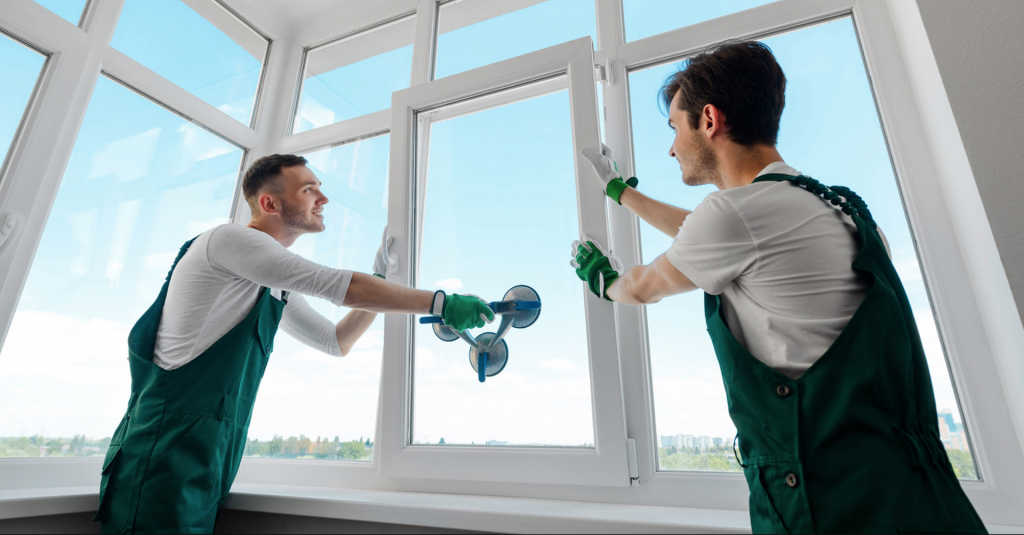When it comes to improving the comfort and energy efficiency of homes, we often overlook caulking in windows. It is a simple, affordable, and impactful method of home improvement that seals the gaps between your windows. Read the importance of window caulking and how it contributes to a more comfortable and energy-efficient home.

Window Caulking: A Simple Yet Powerful Process
Caulking fills the space between window frames and the surrounding building materials, thereby creating a water and air-tight seal. It plays a significant role in keeping your house’s indoor climate under control by preventing cold winter drafts and hot summer air from leaking into your home. Simultaneously, it prevents heated or cooled air from escaping your house, resulting in substantial energy savings.
Save Energy, Save Money: The Direct Impact of Caulking
Proper caulking can significantly reduce your annual heating and cooling costs by up to 20%. Caulking also boosts the efficiency of your HVAC system because your heating and cooling system doesn’t work overtime to maintain comfortable indoor temperatures. As a result, it saves not only money but also extends the life of your HVAC system.
Combat Moisture, Prevent Damage: The Protective Role of Caulking
Water intrusion can wreak havoc on a home, damaging walls, encouraging mold growth, and even weakening your home’s structure. Fortunately, one of the reliable defenses against these problems is proper caulking. By creating a moisture-resistant barrier, caulking helps to protect your home from weather-related damage.
Keep Pests Out: An Unseen Benefit of Proper Caulking
Gaps around your windows can easily become entry points for small pests. By adequately sealing all these potential entry points, caulking can help to keep unwanted guests like bugs and rodents out of your home.
Enhancing Aesthetic Appeal: Caulking Contributes to a Beautiful Home
Wear and tear can eventually make the seal around your windows unattractive. Nothing impacts curb appeal more than visible signs of wear around your home’s exterior. Fresh caulk around your windows can significantly enhance the overall appearance of your home, contributing to a well-maintained look.
The Lifesaver: Choosing the Right Caulk
When selecting caulk for your windows, opt for a product explicitly designed for use in exterior window caulking that can withstand harsh weather conditions and doesn’t exhibit excess shrinking upon curing3. Silicone and acrylic latex are commonly preferred types of caulking for this purpose.
Importance of Regular Checking and Maintenance Of Caulkings
Lastly, caulking for windows is not a one-off – it needs to be maintained. It’s always a good practice to inspect caulkings annually. Look for any cracks, gaps, or areas where the caulk might be pulling away from the window’s surface. If there are signs of wear or damage, it’s time to remove the old caulk and apply a new layer.






